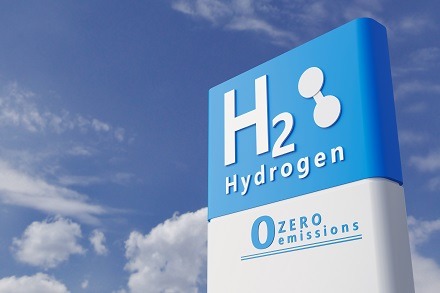In the UK’s first ever Hydrogen Strategy, Kwasi Kwartang, the Business and Energy Secretary has set out the government’s plans to create a thriving low carbon hydrogen sector in the UK over the next decade.
The UK Hydrogen Strategy explains how the government will work with industry to meet its target of producing 5GW of low carbon hydrogen capacity by 2030. That would be enough to replace natural gas in 3 million homes, power transport, businesses and help to decarbonise polluting, energy intensive heavy industry and transport sectors.
The government believes that by 2050, 20 – 35% of the UKs energy consumption could be hydrogen-based, helping the UK to reach the Net Zero emissions target.
As part of the Hydrogen Strategy the government will provide £105 million in funding to support polluting industries to cut their emissions through the Net Zero Innovation Portfolio. This includes:
- £55 million Industrial Fuel Switching Competition – supporting the development and trials of solutions to switch industry from high to low carbon fuels such as natural gas to clean hydrogen
- £40 million Red Diesel Replacement Competition – supporting development and demonstration of low carbon alternatives to diesel for the construction, quarrying and mining sectors
- £10 million Industrial Energy Efficiency Accelerator (IEEA) – supporting clean technology developers to work with industrial sites to install, test and prove solutions for reducing UK industry’s energy and resource consumption
The CBI are among those commenting on the strategy, believing that ” the government’s Hydrogen Strategy” is a key milestone in the delivery of the UK’s 10 Point Plan“. That plan, published in November 2020, aims to achieve a green industrial revolution, creating and supporting 250,000 jobs with £12 billion investment in clean energy, transport, nature and innovative technologies.
the CBI’s Matthew Fell went on to say:
“As a leader in high skilled manufacturing, and with an extensive legacy in energy production, the UK stands perfectly positioned to capitalise on the opportunities provided by hydrogen.”

